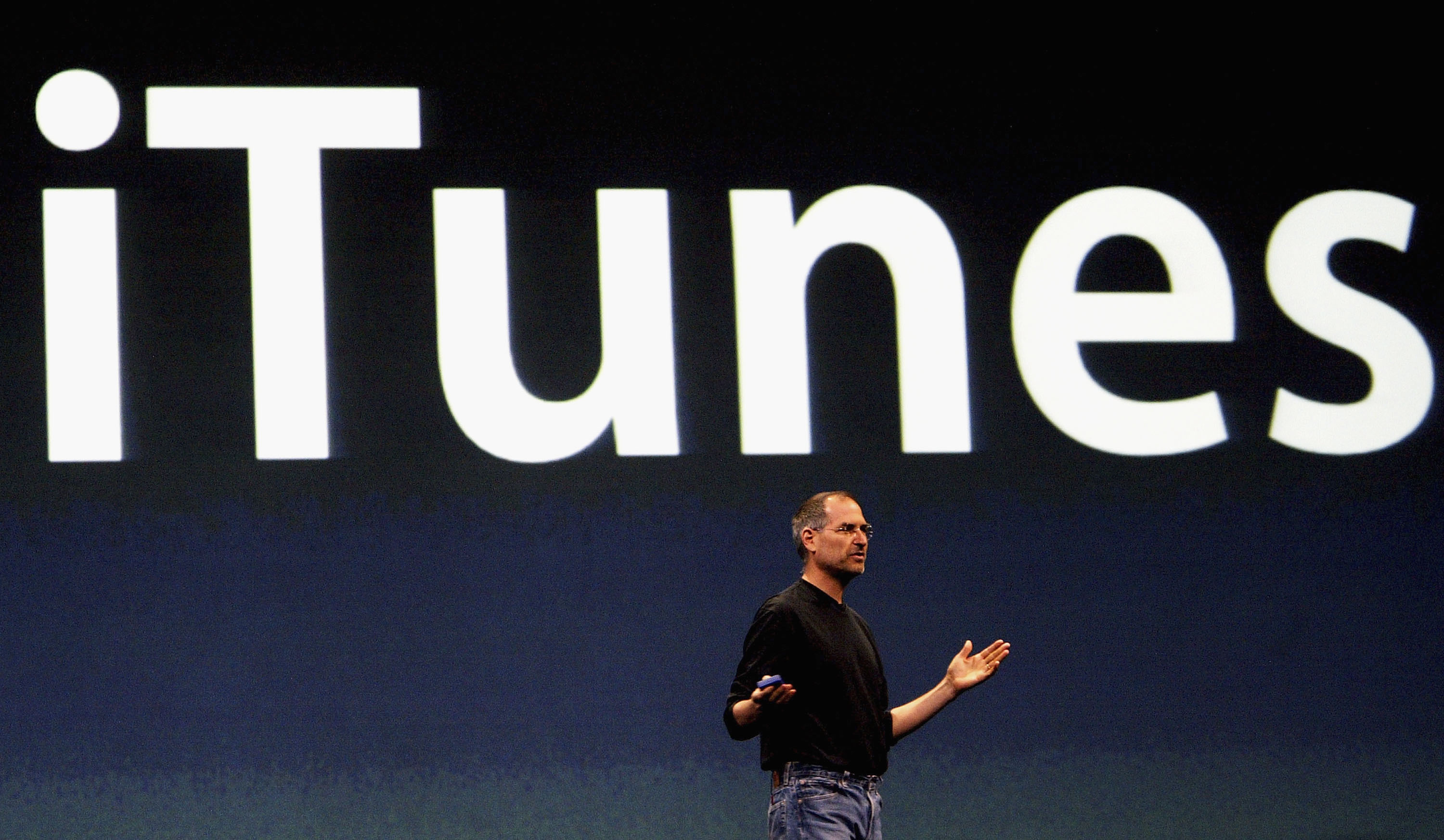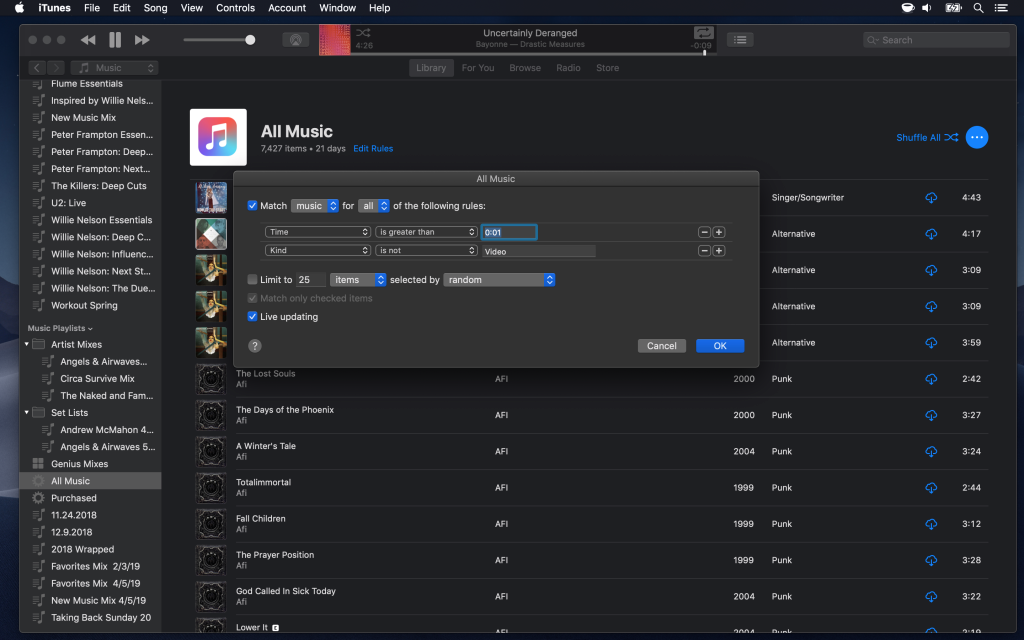The division of iTunes into several applications, following the example of iOS, is receiving rather positive responses. However, porting from a mobile platform comes with its downsides.
As we wrote earlier, so the division of the juggernaut in the form of iTunes is already more or less certain. After years, one large, confusing and slow application becomes several new ones. In addition to the Music app, Podcasts will also move from iOS to macOS.
But the death of iTunes does not mean that, because Apple still does not have a better solution for offline backups and synchronizations, especially of older iPods, iPads or iPhones. However, the application should go through a significant degreasing crust and as a side effect it could also speed up.
It could be interest you

iTunes will primarily replace Music
As far as playback functions are concerned, the Music application takes over the main role. It will be another representative of the mobile platform that will visit the Mac using the Marzipan porting framework. This makes it easy to port code written for iOS to macOS.
The first applications created in this way are Household, News, Actions and Dictaphone. Although at first glance it looks indistinguishable from regular macOS applications, you will come across some snags when you explore and use it for a longer time. For example, not always smooth enlargement of the window or, in general, adaptation to the free layout on the Mac, compared to the fixed one on the iPad and iPhone.
On the other hand, the development of iTunes stalled a few years ago, so we could expect some interesting features that are already common on iOS, but have not yet reached the Mac. Among the most visible ones is, for example, the graphical arrangement of Playlists, which in iTunes is handled by an unsightly sidebar, while Music offers nice graphical overviews. In addition, you can easily access the lyrics of the songs, which is an unnecessarily complicated operation on iTunes.

iOS music lacks some iTunes features
However, the iOS mobile platform still lacks a few features. The arrival of dark mode is more or less expected with the version of iOS 13, but iOS does not know such a mini player, and the ported application based on iOS code will probably not have it either.
It could be interest you

The next burial will be the Visualizer. It has never been on iOS and probably won't be. In addition, we dare say that most users do not know about it even on macOS, so it will definitely not appear in the ported application. A question mark also hangs over album and song management features. In iTunes, you can easily edit metadata such as artist, genre, year, track number, etc. or track the number of plays.
The feature that has long made iTunes stand out from the competition is Dynamic Playlists, which works similarly to Dynamic Folders. Thanks to them and a few rules, you can create simple mixes, which also update themselves according to the specified criteria. Folders that you create with two taps in iTunes, but not at all in the Music app, are also associated with playlists.

Podcasts are welcome
The situation is completely different with the Podcasts application. These are currently less than ideally integrated and you need to know where to get to them. In addition, their display is perhaps even worse than that of playlists, and navigating the menu may not be easy for a new user.
In addition, support for skipping after 15 and 30 second intervals as well as scrolling through chapters is completely missing during playback. Podcasts in the current version of iTunes feel like extras and not really wanted.
Unlike the arrival of the Music application, we can basically only get Podcasts on separate applications, because the iOS model is miles away from what we have now in iTunes.

The concept of a stand-alone application Music on macOS (photo: Juanjo Guevara)
Source: 9to5Mac